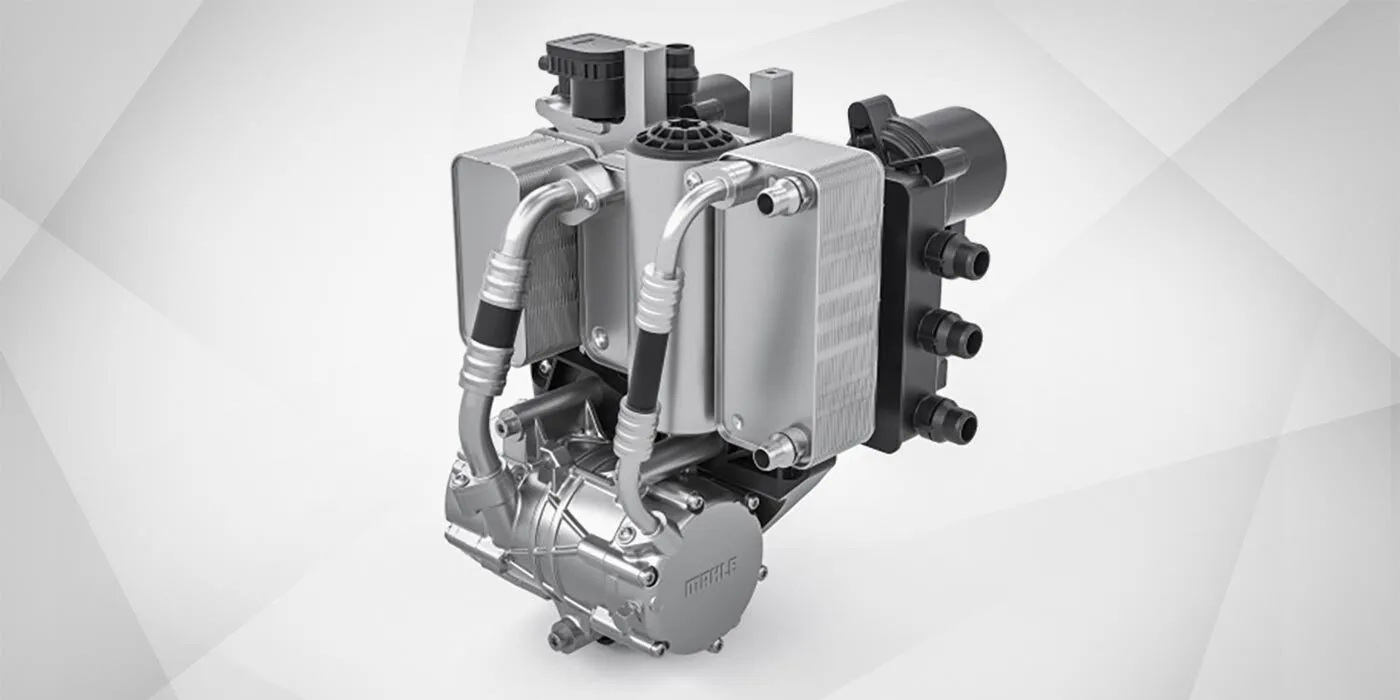Computers. Almost every aspect of modern life involves some sort of interaction with an electronic device that is essentially a computer. From smartphones to PCs, automobiles to electronics, we all use these tools and toys to work, play and in the case of some medical devices, survive. The recent “chip shortage” highlights our dependence on microprocessors in a number of daily applications.
In the automotive repair industry, we rely heavily on scan tools to communicate with the multiple onboard “computers” found in today’s vehicles. Our customers (both DIY and professional) are likely to use this information for diagnosis and repair – sometimes with mixed results. On our side of the counter, this information is translated from alphanumeric codes into parts requests, hopefully resolving the issue.
There’s a lot of misinformation out there regarding engine-management electronics. I still commonly receive requests for fuel caps and oxygen sensors based on a shotgun diagnosis of an illuminated MIL or “Check Engine” lamp. Somewhere along the way, these two components have become the “go-to” answers for a multitude of unknown faults. Some customers, armed only with an entry-level code scanner, automatically associate a code with a failed sensor and immediately replace the offending part. When a replacement part (or multiple parts, based on suggested “fixes” associated with a particular code) doesn’t solve the issue, the “technician” eventually might condemn the computer.
Known by many acronyms (PCM, ECM, ECU, TCM, BCM, etc.), vehicle computers use input from multiple sensors to make decisions about how to keep the vehicle running correctly throughout a wide range of conditions and then send their own signals to various actuators, modules and solenoids. You can think of these as “if/then” functions. If the PCM receives signal “X” from a particular sensor, then its programming prompts it to do “Y.” If it does not receive this particular signal, it may do nothing, or if it receives a different signal, then it does “Z.” At its heart, a PCM operates in binary language, which is a series of ones and zeros that can represent “yes” or “no” answers to a question.
This same logic can be applied to the CAN bus (controller area network) by broadcasting these “yes/no” signals along two channels between the dozens of individual ECUs so that they can share information. Each module can choose to accept or ignore these signals based on its own programming.
When something goes wrong, the PCM logs a fault known as a “pending” code. If that pending code isn’t seen again for 40 to 50 drive cycles, it goes away. If it happens in two consecutive drive cycles, it “matures” into a “stored” or “active” code, and the “Check Engine” lamp illuminates. A steady MIL simply shows a stored fault is present, while a flashing MIL indicates a serious misfire condition that may cause severe drivability issues or catalytic converter damage.
Analyzing the stored five-digit codes will lead the technician to the possible root causes of the fault. These are grouped into several categories, each representing a sub-system. We most commonly deal with “P” (powertrain) codes, but “B” (body) codes and “C” (chassis) codes also may be seen in scan reports when faults exist in HVAC, restraint or ABS systems.
In most cases, the PCM or other ECU is simply reporting a fault found among the incoming sensor information, but codes P0600-610 are associated with problems within the PCM circuitry itself. These are the most likely scenarios when PCM replacement becomes necessary.
When a customer does need a replacement PCM, identifying and selecting the correct unit is critical. The original part number and application, as well as any calibration codes and vehicle options, should be determined before ordering the replacement. Depending on the application, additional on-vehicle flashing may be required for the vehicle to become mobile again. This may include VIN and mileage programming, calibration updates and even a relearn period.
Most aftermarket PCMs are offered as remanufactured units, so a rebuildable core of the same/equivalent part number is often required. For obsolete or uncommon units, “R&R” of the customer’s original unit may be the only replacement option, which often involves shipping the existing failed unit to a rebuilder and waiting for it to be processed and returned. In any case, accurate diagnosis of the “failure” is critical so that the replacement PCM actually solves the problem.
PCMs often are replaced as a “last-ditch, hail Mary” effort when a number of other “solutions” have failed, so “alleged defective” returns should be processed carefully. Given their sensitive electronics and the VIN-specific programming required of most modern PCMs, these units should be considered non-returnable final sales. All customers (especially DIYers) should be fully informed of any additional programming requirements and your own store policies before ordering any of these modules.













